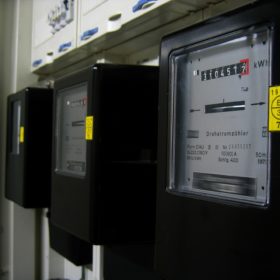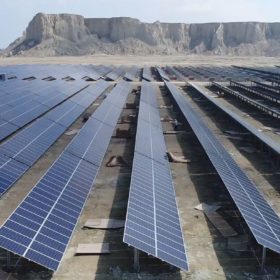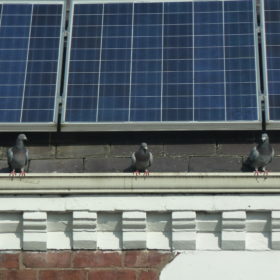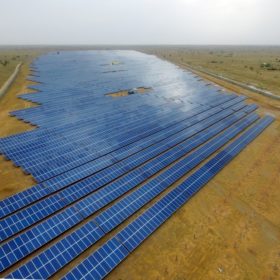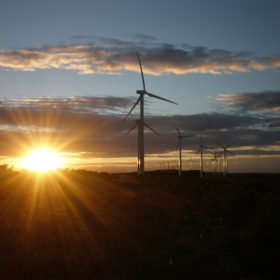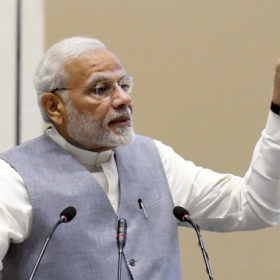There is nothing for solar in UK’s final pre-Brexit budget
Solar trade lobby group the STA has voiced its disapproval after Chancellor Philip Hammond yesterday announced plans to ease the tax burden on workers but had nothing to offer an industry which has seen a 95% fall in installations in three years.
Energy industry raises concerns over EU data protection ambitions
In an open letter to the European Council, energy industry representatives have criticized EU legislation, which only considers cookies from websites and apps, but neglects the energy industry. Smart energy management businesses could run into serious complications if the EU prevents them from processing data from EV, gensets, and batteries, they argue.
Asian market to see 355 GW of solar over five years, despite policy challenges
Despite political hurdles in key markets including China, India and Japan, Asia remains highly active. This year, 59 GW of solar is expected to be installed and due to further system price declines, a phase-out of subsidy schemes can be offset.
Iran’s operational PV capacity reaches 250 MW
According to new numbers released by Iran’s Renewable Energy and Energy Efficiency Organization (SATBA), renewable energies have reached a combined cumulative capacity of 650 MW, with solar representing a 39% of the total.
EU approves France’s new scheme for self-consumption
The European Commission has given the green light to €200 million in public support that will be provided by the French governmnet for approximately 490 MW of renewable energy capacity expected to be deployed under the self-consumption regime. The scheme will be based on technology-neutral tenders.
Large-scale projects, net metering and solar leasing for Malaysia
Minister announces new-year changes to try and drive further PV adoption in the populous southeast Asian nation.
Japanese utility KEPCO tests blockchain technology to determine value of surplus solar power
The power supplier is cooperating with the University of Tokyo, Mitsubishi UFJ Bank and Unisys, testing how solar power can be traded between solar prosumers and electricity consumers, while conducting transactions using a blockchain platform.
India to add up to 8.5 GW of RE in FY19
India is likely to add between 8-8.5 GW of renewable energy generation capacity in the current financial year ending March 2019, according to research and rating agency ICRA Limited.
‘There is no alternative to a world of 100% renewables’
Electrifying the global energy system with clean energy is the only way to reach the targets set by the Paris agreement on climate change and avoid the catastrophic scenarios outlined by the recent IPCC report. In an interview with pv magazine, Christian Breyer – Professor of Solar Economy at Finland’s Lappeenranta University of Technology – explains a 100% renewables model is not only technically feasible, but also the cheapest and safest option. With solar and storage at its core, the future energy system envisaged by Breyer and his team will not only stop coal, but also nuclear and fossil gas, while seeing solar reach a share of around 70% of power consumption by 2050. By that time, PV technology could cost a third of its current price.
India added world’s second largest PV capacity in first half of 2018
The nation installed 4.9 GW of solar, surpassing the USA – which installed 4.7 GW – to become the second largest solar market in the first half of the year, second only to China’s 24.3 GW.

